How To Find a Transaction Hash Id on a Blockchain
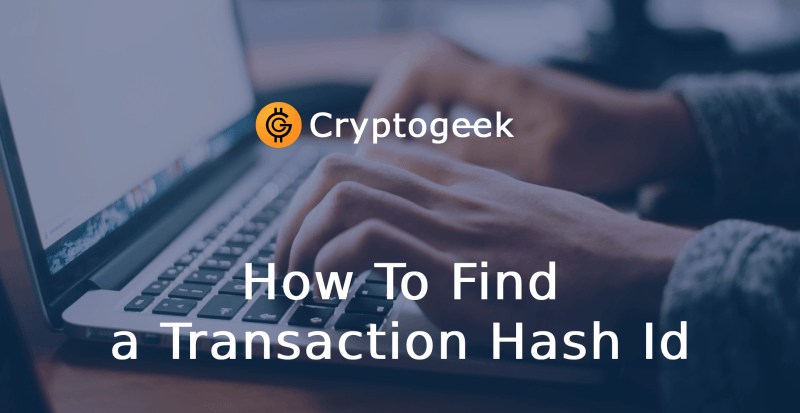

Imagine you've just decided to send some cryptocurrency, swap tokens, or even initiate a smart contract on the blockchain. As soon as you hit that "confirm" button, an intricate and highly secure process begins behind the scenes. This is where the magic of blockchain technology comes into play, providing transparency and traceability that's often misunderstood in mainstream media coverage.
Every transaction you make on the blockchain generates a unique identifier known as a transaction hash, or transaction number. This isn't just a random string of characters. It's a powerful tool for security and transparency, acting as a digital fingerprint for every action you take on the blockchain. Each transaction hash is unique and immutable, recorded on the blockchain forever.
This level of detail ensures that every transaction can be tracked and verified by anyone in the world. It’s a cornerstone of why blockchain is considered highly secure. Contrary to some portrayals in the media that suggest blockchain and cryptocurrency are used for illicit activities due to their supposed untraceability, the reality is quite the opposite. Everything that happens on the blockchain is recorded on a public ledger, distributed across numerous nodes globally, making any transaction accessible and traceable by anyone.
This transparency is what makes blockchain a revolutionary technology for secure and open digital transactions. As you use this technology, whether you’re investing, paying, or merely exploring, you become part of a global movement towards a more transparent and secure digital future. So, let's learn how to find transaction hash id on a blockchain.
Contents
How Many Characters Does a Typical Transaction Hash Contain?

The length of a transaction hash can vary depending on the blockchain in question.
Bitcoin: Bitcoin transaction hashes are typically 64 characters long and are represented as a 256-bit number in hexadecimal format.
Ethereum: Ethereum transaction hashes are also 64 characters long, following the same 256-bit hexadecimal format as Bitcoin.
These hash lengths are standard because they are outputs of cryptographic hash functions (SHA-256 for Bitcoin, and KECCAK-256 for Ethereum) that are designed to provide a fixed-length string. Other blockchains may use different hash functions, but the length generally stays within this range for similar cryptographic reasons.
How to Look Up a Transaction Hash On a Blockchain Explorer
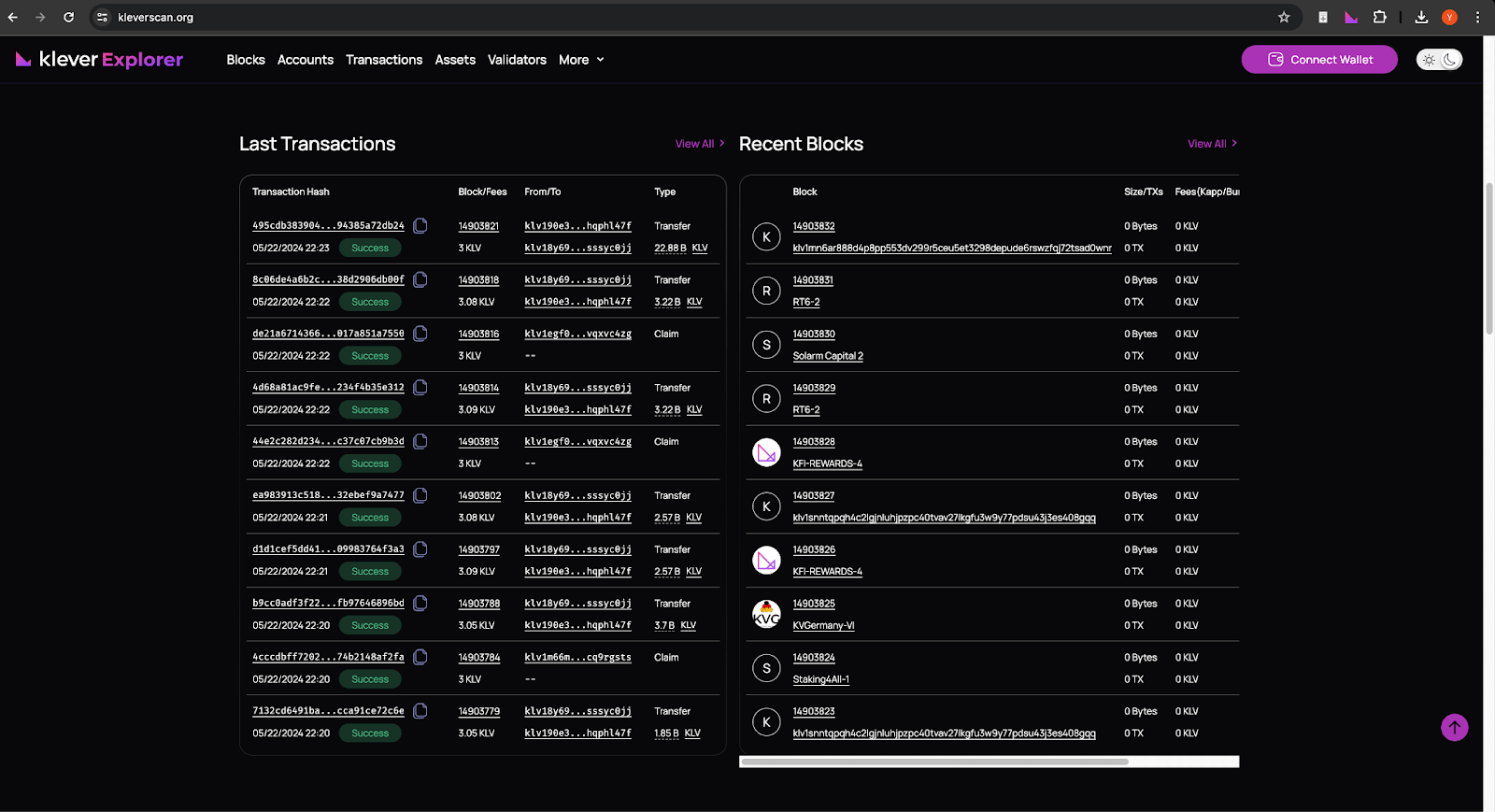
To find a transaction hash ID on the blockchain, you can follow these general steps, which is pretty much the same for all the popular blockchains.
Access a Blockchain Explorer: Depending on which blockchain the transaction was made (e.g., Bitcoin, Ethereum, KleverChain etc.), you'll need to access a relevant blockchain explorer. Common explorers include Block Explorer for Bitcoin, Etherscan for Ethereum and KleverScan for Klever Blockchain transactions.
Use Transaction Details: If you have specifics like the sending or receiving wallet address, the amount, or the exact time of the transaction, you can enter these details into the search bar of the explorer.
Find the Transaction: After entering the details, the explorer will display a list of transactions. You will need to sift through them to find the one you're looking for. The transaction hash (also known as the "TxID") is usually a long string of numbers and letters.
View Transaction Hash: Once you find the specific transaction, click on it to view more details. The transaction hash will be prominently displayed, often at the top of the transaction details page.
Copy the Transaction Hash: You can typically click on the hash to copy it, or you might need to manually select and copy it.
Using these steps, you can easily locate a transaction hash ID on the blockchain. If you have any issues, most blockchain explorers provide a help section or tutorials to guide you though.
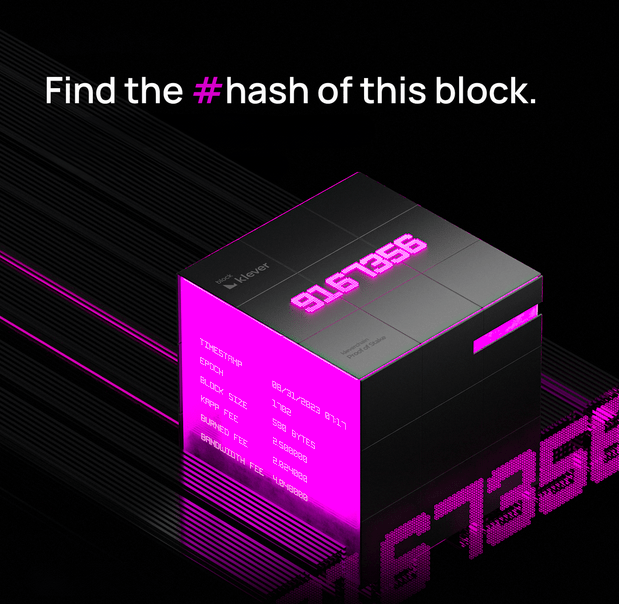
What is an example of a transaction ID in blockchain?
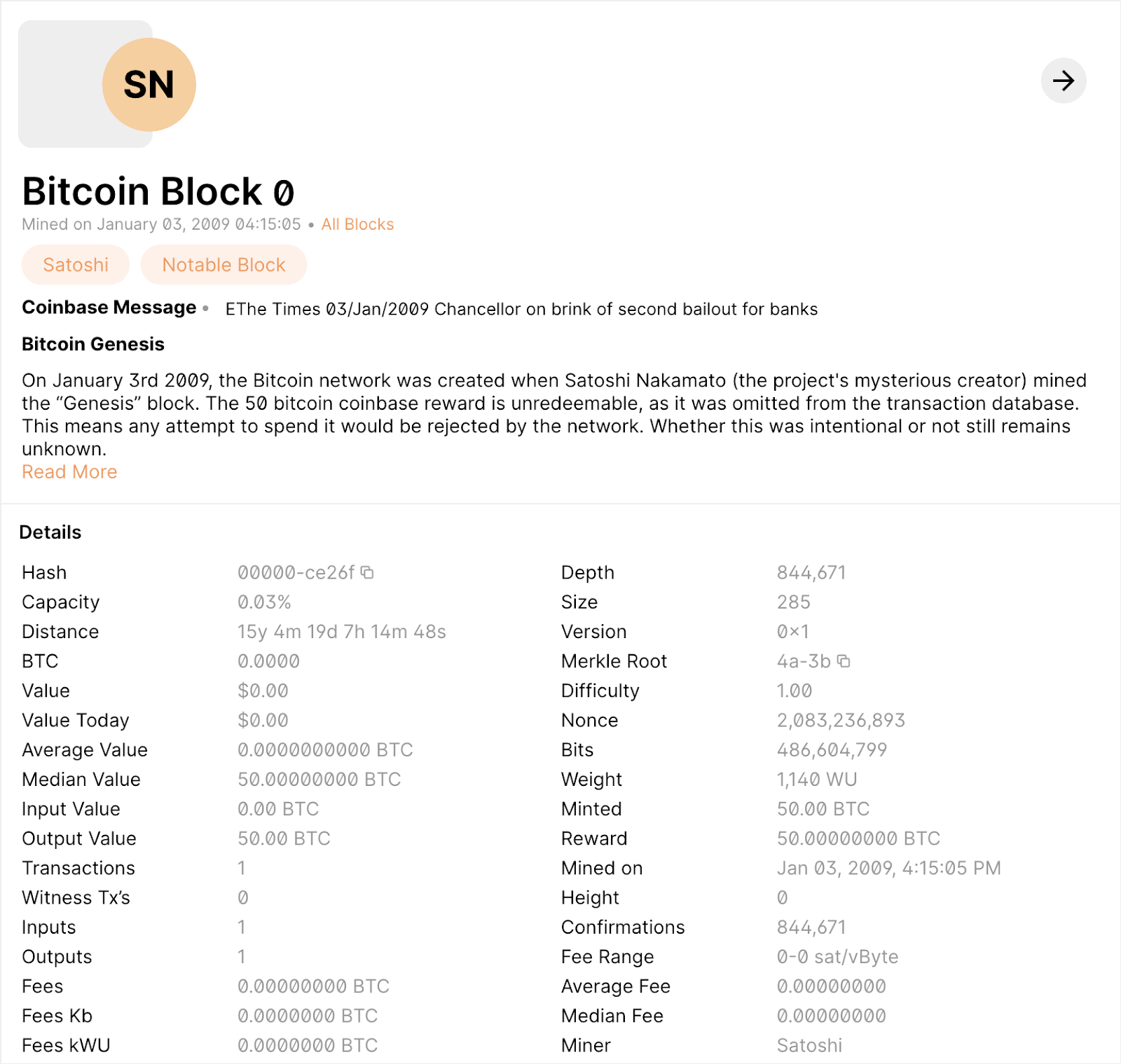
Source: Blockchain.com
A transaction ID (TXID) is a unique identifier for a Bitcoin transaction. It's used to look up specific transactions in a blockchain explorer. For instance, the first-ever Bitcoin transaction, which was sent to Hal Finney in 2009, has the transaction hash (TXID) 000000000019d6689c085ae165831e934ff763ae46a2a6c172b3f1b60a8ce26f
The Anatomy of a Block in Blockchain Technology
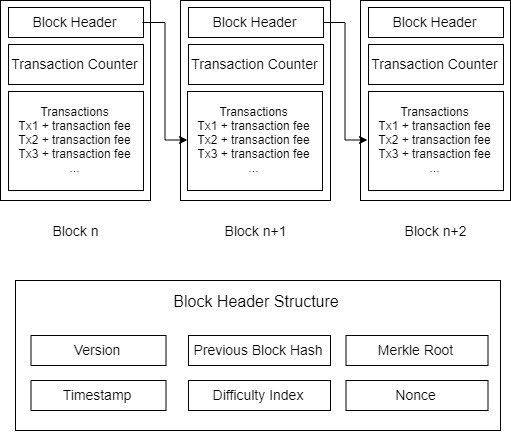
The structure of a block in blockchain technology defines the extremely high security and resistance to tampering. Each block has crucial information to track and verify the eligibility of a transaction in a blockchain. So, let's dissect a block so we can see what's on the inside
Block Header
Version: Specifies the version of the block structure used by the protocol.
Previous Block Hash: Holds the hash of the previous block's header, facilitating a chronological and immutable nature of the blocks
Merkle Root: A combined hash of all the transactions included in the block, providing a precisa and trustful summary of the block’s transactions.
Timestamp: Displays the exact time the block was created.
Difficulty Target: The proof-of-work difficulty target for the block, that regulates the rate of block creation across the network.
Nonce: A flexible encoding that miners change to meet a target block hash and network difficulty criteria.
Transaction Counter
Indicates the number of transactions within the block.
Transactions
Each transaction within the block is precisely recorded and includes:
Transaction Inputs: Information on the address sending the funds, referencing specific past transactions of the sender's account.
Transaction Outputs: Info that indicates the funds destination address, including the amount and the public key
Timestamps: The precise time of a transaction authorization.
Transaction ID (Transaction Hash): A unique hashing code that tracks and verifies the transaction flow. This is crucial for tracking and verifying the transaction within the blockchain.
Block Creation
Blocks are created through mining, a competitive process where miners seek to discover a hash that meets the current difficulty target. Once a valid hash is found, the block is added to the blockchain, and its transactions are deemed confirmed.
Chain Linkage
Each block is linked to the previous and subsequent blocks, forming a secure, tamper-evident chain from the block number one to the most recent block. This chain-like structure is fundamental to the decentralized security and integrity of the blockchain.
Now that you're familiar with reading a transaction hash and understanding the structure of a blockchain block, you're really becoming part of the blockchain community. This know-how is more than just technical—it connects you directly to the heartbeat of blockchain's secure and transparent nature. As you continue to explore and interact with the blockchain, you'll find it easier and more enjoyable to navigate, fully equipped to make the most of what this technology has to offer. For more blockchain information, stay tuned on CryptoGeeks Blog.

トップチュートリアル
-
Что такое хард-форк?Jul 27, 2020
-
Стейкинг на Ethereum 2.0 и его основные особенностиAug 01, 2020
-
Инновации на основе блокчейна в сфере энергетикиAug 03, 2020






However, after nearly losing hope, a friend recommended a service called RHIANNON RECOVERY LOST, and I decided to give it a try. Thanks to their expertise and dedication, I was able to recover my funds in just 42 hours.
If you find yourself in a similar situation, I highly recommend reaching out to professionals with proven success in recovering lost crypto assets. With the right help, there is hope, and you can regain what was taken. Contact on via email: RHIANNONRECOVERYLOST@GMAIL.COM Also on WhatsApp +1 (205) 276-2470..